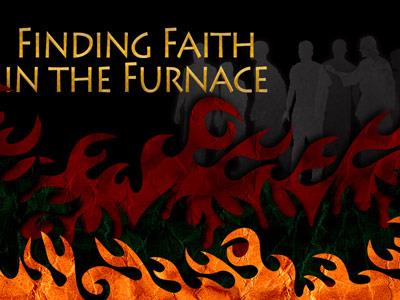-
The Character Of The Gentile Nations Series
Contributed by Pat Damiani on Nov 28, 2017 (message contributor)
Summary: Daniel's vision describes the character of the Gentile nations that will rule over the Jews until the return of Jesus.
SIMILARITIES
Chapter 2 Chapter 7
Four part statue Four beasts
Statue represents kingdoms Beasts represent kingdoms
Deterioration: Gold to iron/clay Deterioration: Regal lion to dreadful beast
Statue destroyed Beast destroyed
Eternal kingdom established Eternal kingdom established
CONTRASTS
Chapter 2 Chapter 7
Nebuchadnezzar’s vision Daniel’s Vision
Daniel’s interpretation Angel’s interpretation
Glorious statue Horrible beasts
Human statue Inhumane beasts
Destroyed by a stone [Jesus] Destroyed by God’s judgment
The similarities reveal that these two accounts are referring to the same events, but the contrasts reveal that these same events are being viewed from different perspectives. In chapter 2, the four kingdoms are being viewed from the perspective of Nebuchadnezzar, an earthly king who sees these earthly kingdoms as massive and glorious. But in chapter 7, Daniel, 40 or 50 years later, sees these same kingdoms from God’s perspective and his vision reveals the true character of these kingdoms.
This concept of recapitulation will be essential for us to keep in mind as we come to the Book of Revelation. Since much of Revelation is based on the Book of Daniel and it shares the same literary form with Daniel, it should not surprise us that John’s visions in Revelation often use this same device of recapitulation where the same event is viewed from two or more perspectives.
In chapter 2, Nebuchadnezzar merely saw the course of the Gentile kingdoms that would rule over the Jewish people. But here in chapter 7, Daniel sees…
THE CHARACTER OF THE GENTILE KINGDOMS
We’ll only look at these briefly since we already identified these kingdoms previously in our study of chapter 2:
1. Babylon (612 – 539 BC)
The beast that looked like a lion with eagle’s wings corresponds to the head of gold in Nebuchadnezzar’s dream and represents Babylon. The lion pictured the power of the Babylonian empire and the eagle’s wings speak of the swiftness of Nebuchadnezzar’s conquests. The wings being plucked off and the beast being forced to stand on his feet like a man almost certainly picture Nebuchadnezzar’s humiliation which is recorded in Daniel 4.
It is also interesting to note that archaeologists have discovered that the gates into the royal palace in Babylon were inscribed with the images of a lion with eagle’s wings.
2. Media-Persia (539 – 331 BC)
The beast which looked like a bear corresponds with the arms and chest of silver in Nebuchadnezzar’s dream and represents the Medo-Persian Empire. The bear is raised up on one side to show the dominance of the Persians in this divided kingdom and the three ribs in the teeth represent the three major conquests of the Medes and Persians – Babylon, Egypt and Lydia. Historically, the Medo-Persian kingdom certain “devoured much flesh” as it extended its boundaries well beyond those of its predecessor, Babylon.
3. Greece (331 – 63 BC)

 Sermon Central
Sermon Central



